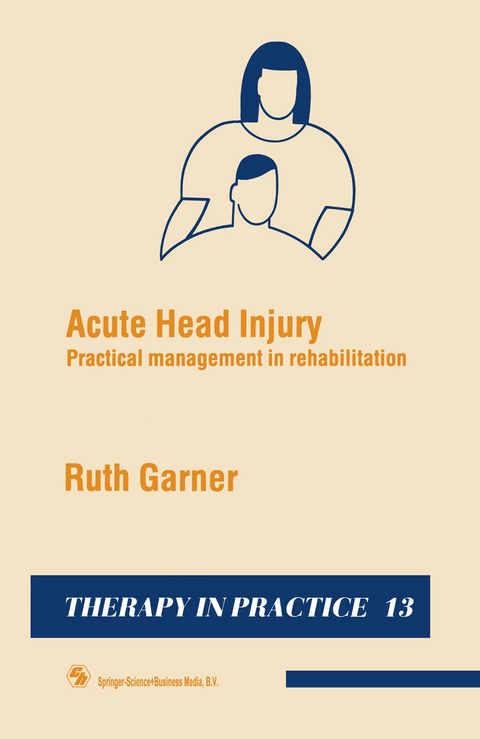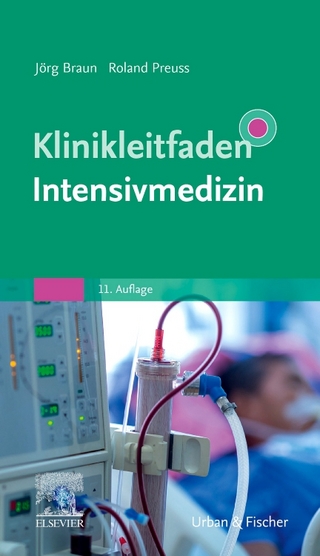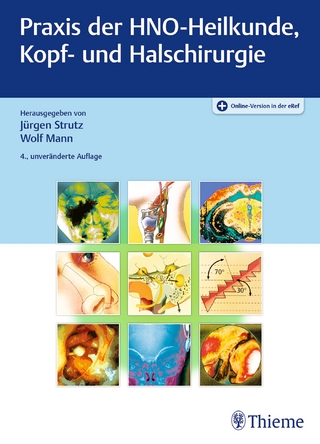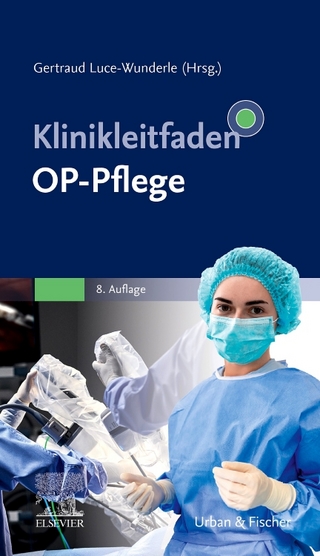
Acute Head Injury
Chapman and Hall (Verlag)
978-0-412-32420-8 (ISBN)
The extent of the problem - classification of head injury - course of recovery, prognostic considerations, clinical features, the treatment team, rehabilitation defined; early intervention - aims of treatment, knowing the patient, evaluation, environment, stimulation programme; activities of daily living - reality orientation, therapeutic application of everyday activities, washing, dressing, continence, feeding; perception - assessment, visuo-perception disorders, visuo-spatial disorders, tactile perception, olfactory and gustatory perception, body scheme, apraxia, treatment notes; aspects of physical dysfunction - positioning, spasticity, ataxia, sensory impairment, muscular weakness or paralysis, range of movement, visual disorders, hearing, speech, epilepsy, protective helmets; returning to the community - the social worker, home visiting, following the home visit, a relative's experience, discharge, support groups; psychosocial aspects - personality change, behaviour, effects on the family, cognitive impairment, where to go from here.
| Erscheint lt. Verlag | 1.1.1990 |
|---|---|
| Reihe/Serie | Therapy in Practice Series |
| Zusatzinfo | 4 Illustrations, black and white; XIV, 137 p. 4 illus. |
| Verlagsort | London |
| Sprache | englisch |
| Maße | 140 x 216 mm |
| Themenwelt | Medizin / Pharmazie ► Medizinische Fachgebiete ► Chirurgie |
| Medizin / Pharmazie ► Medizinische Fachgebiete ► Neurologie | |
| Medizin / Pharmazie ► Medizinische Fachgebiete ► Psychiatrie / Psychotherapie | |
| Medizin / Pharmazie ► Physiotherapie / Ergotherapie ► Rehabilitation | |
| ISBN-10 | 0-412-32420-2 / 0412324202 |
| ISBN-13 | 978-0-412-32420-8 / 9780412324208 |
| Zustand | Neuware |
| Informationen gemäß Produktsicherheitsverordnung (GPSR) | |
| Haben Sie eine Frage zum Produkt? |
aus dem Bereich


